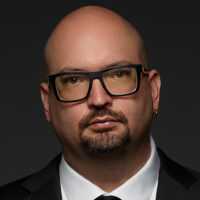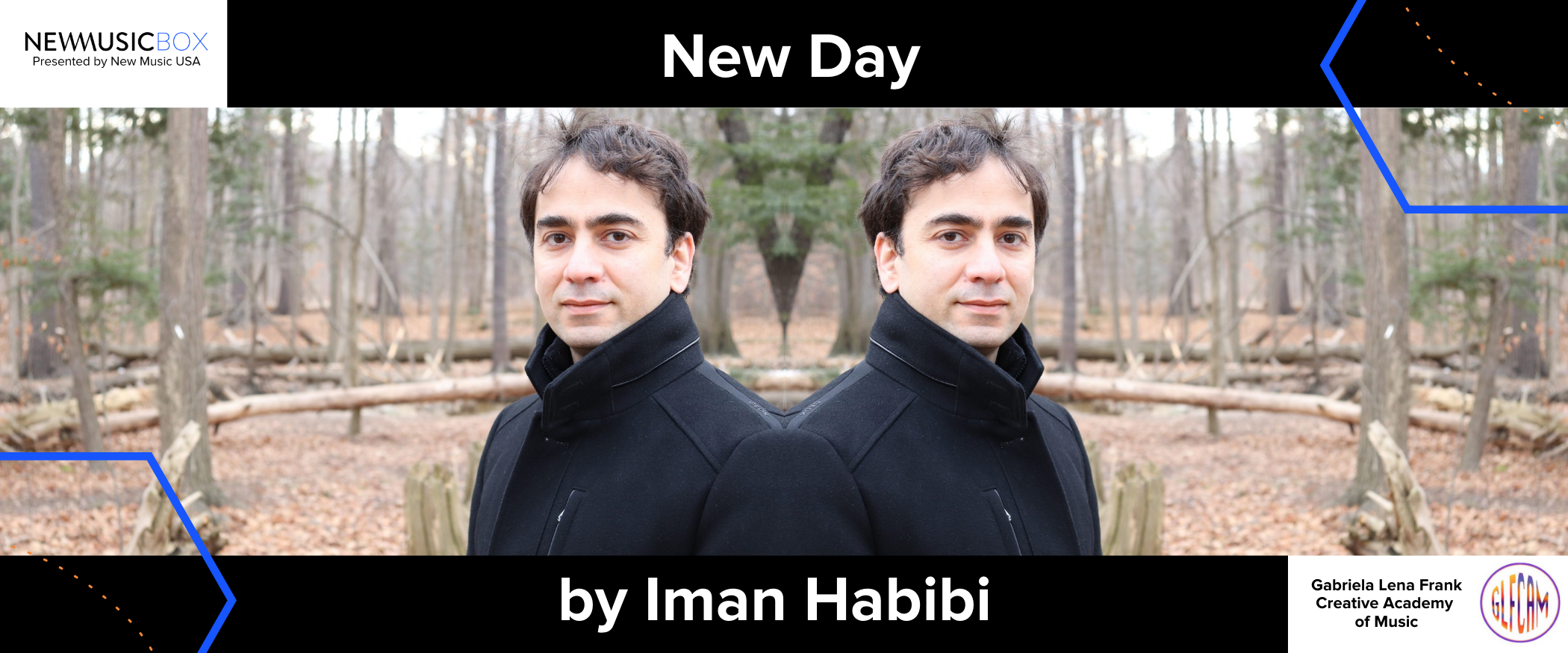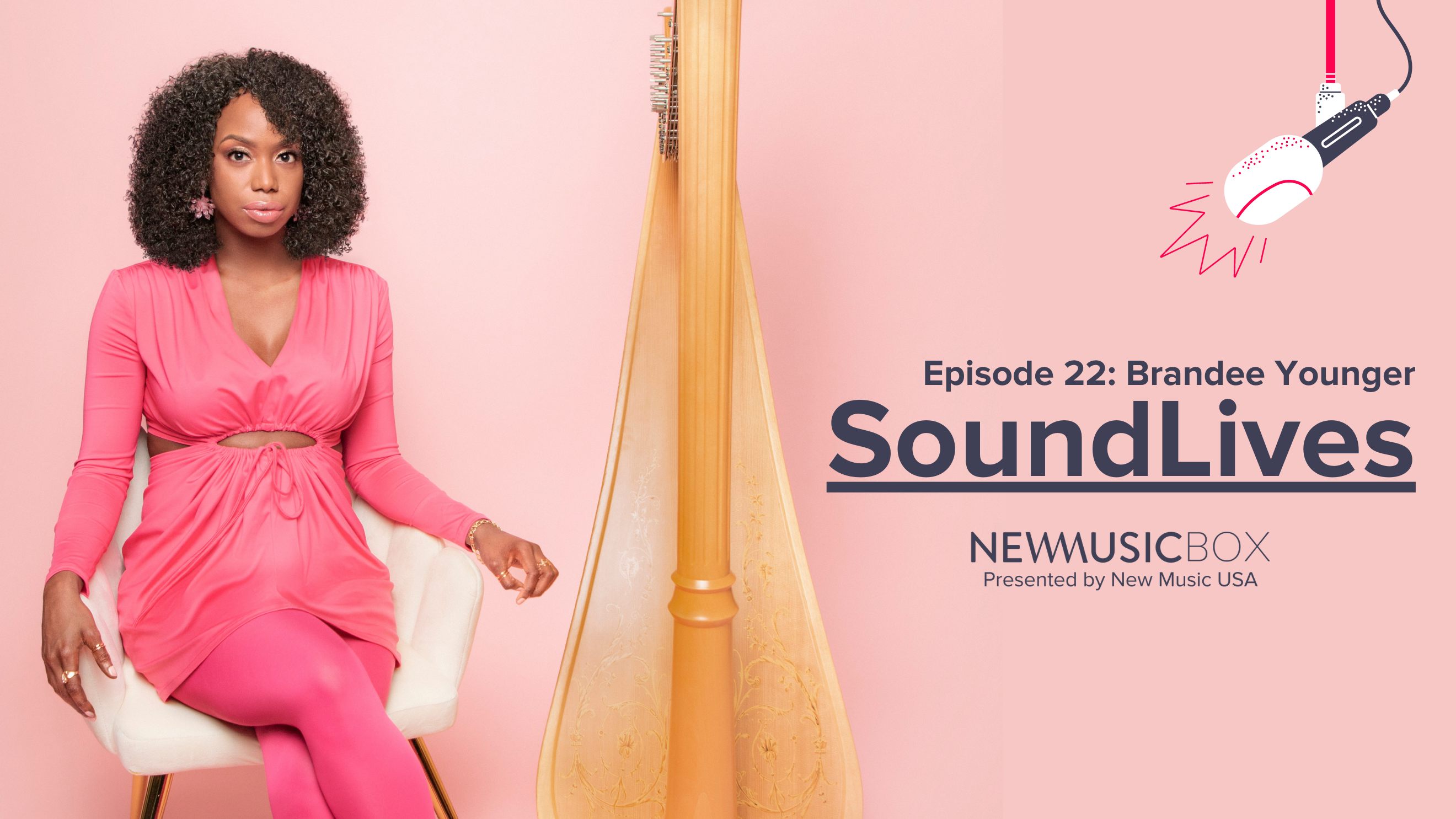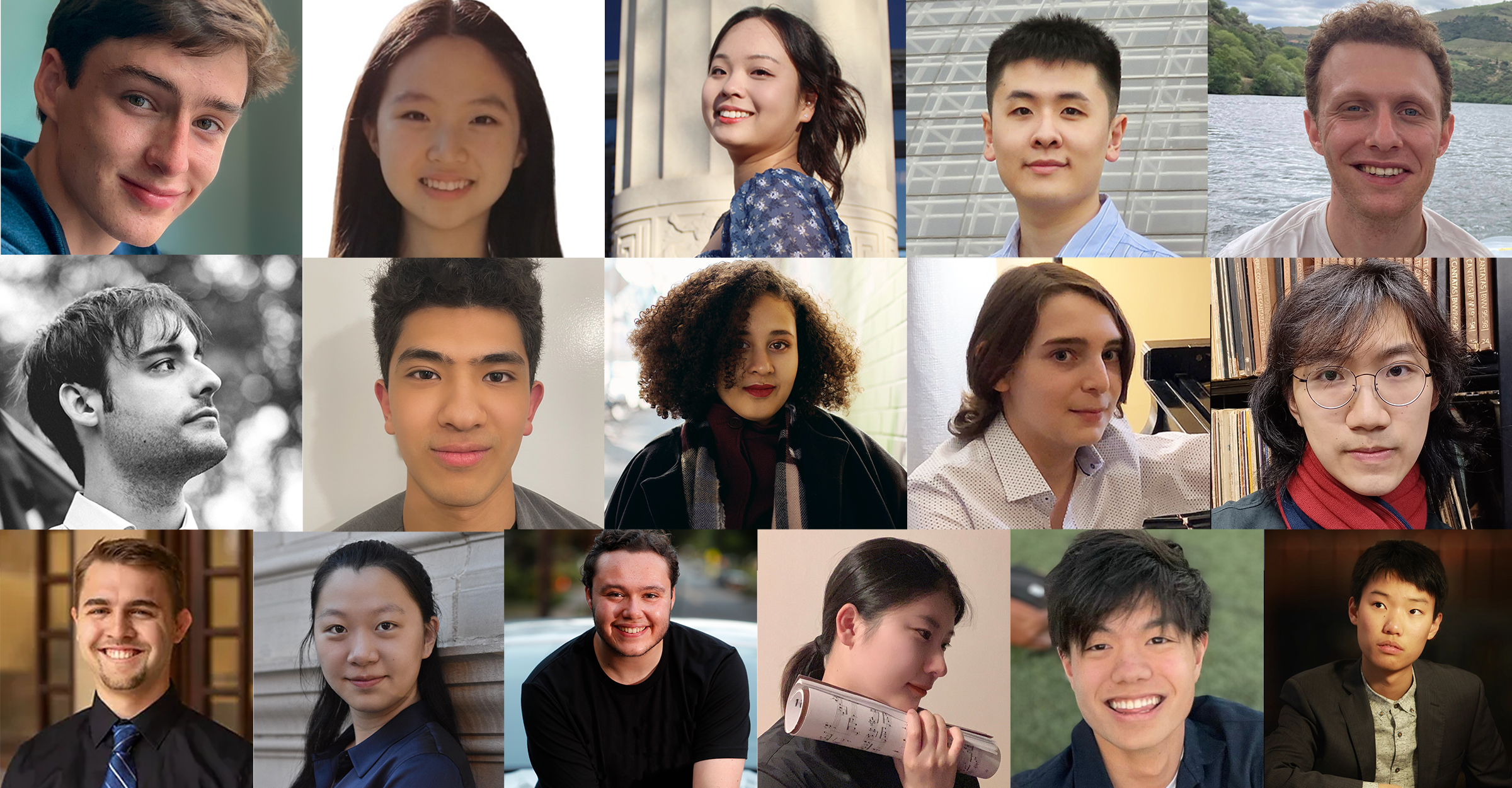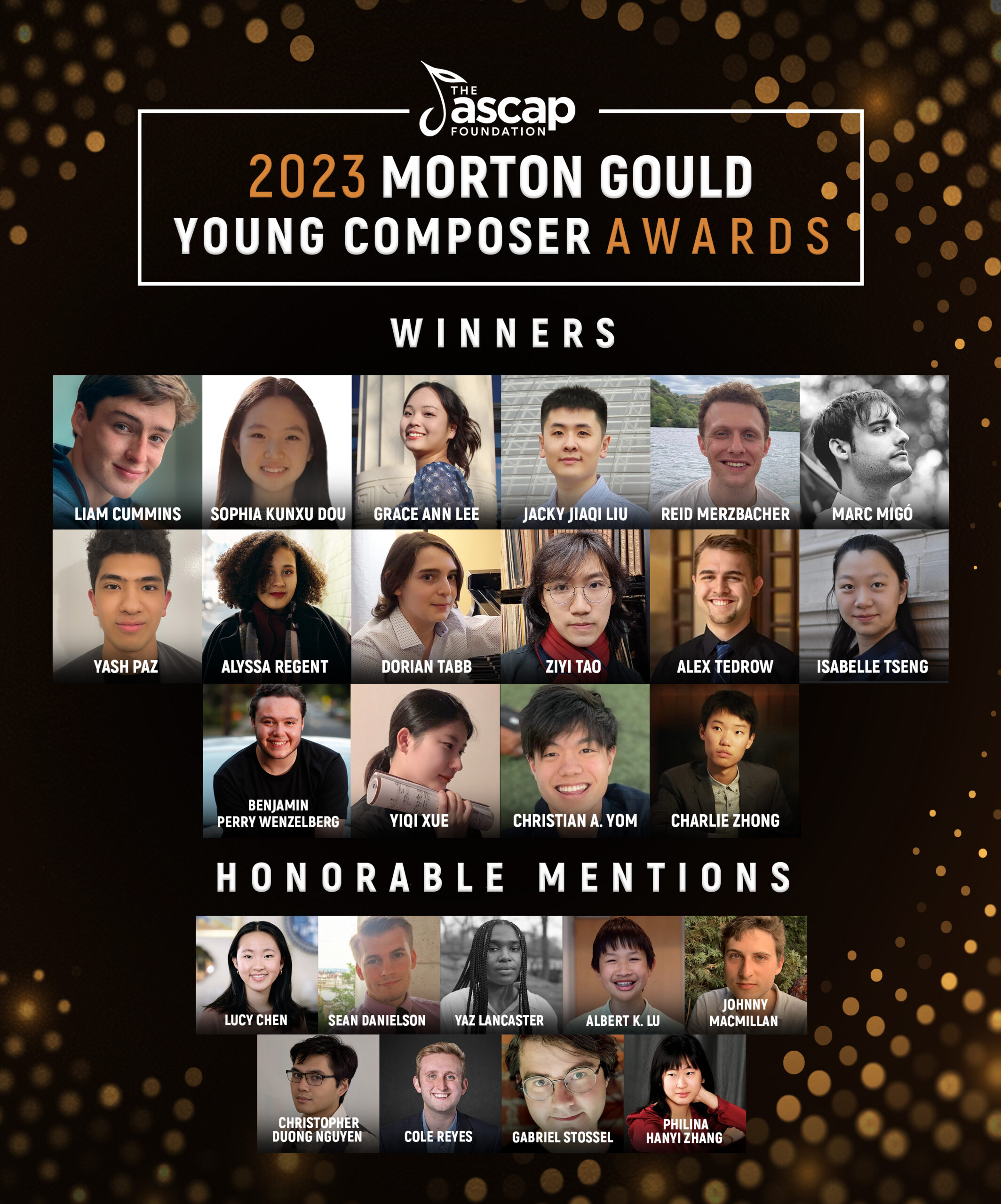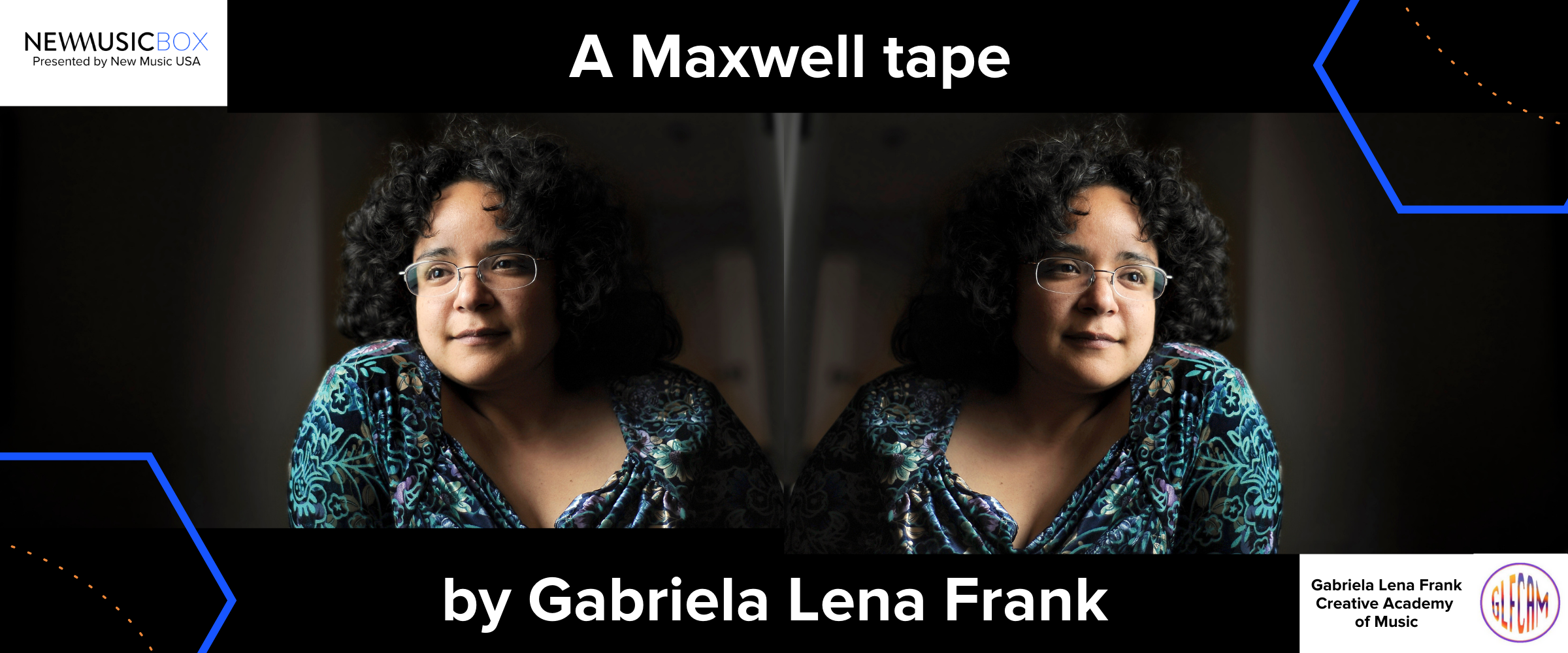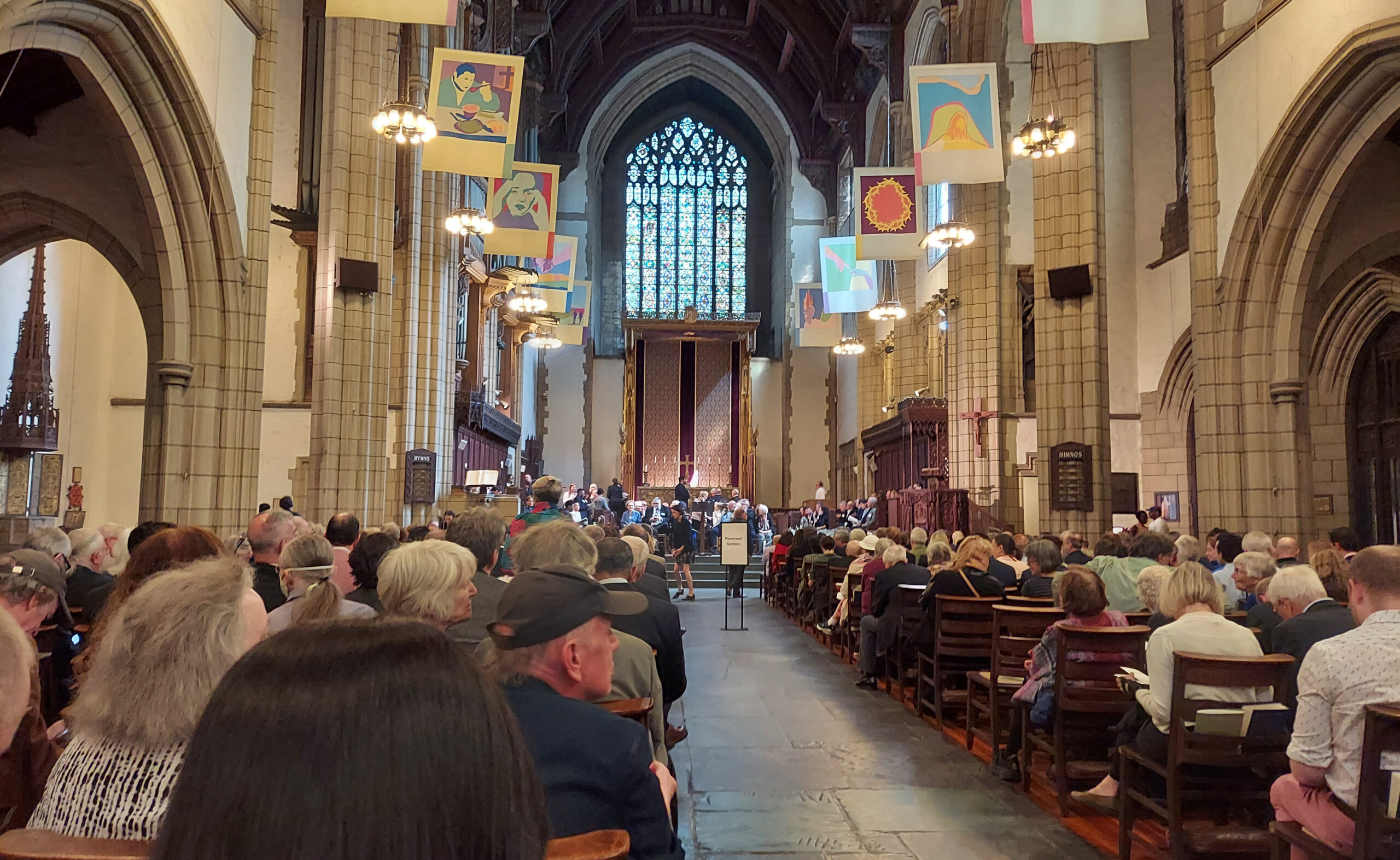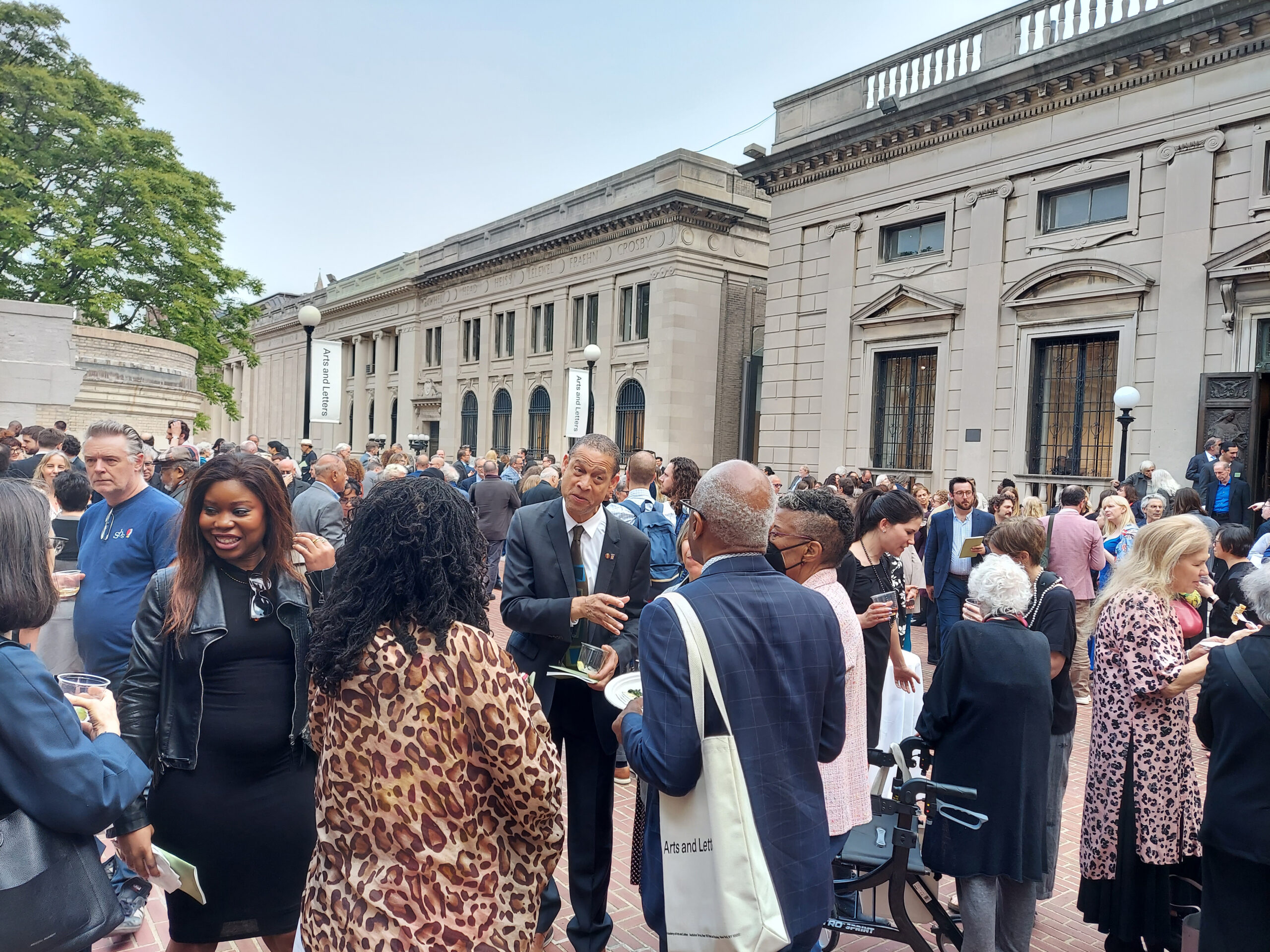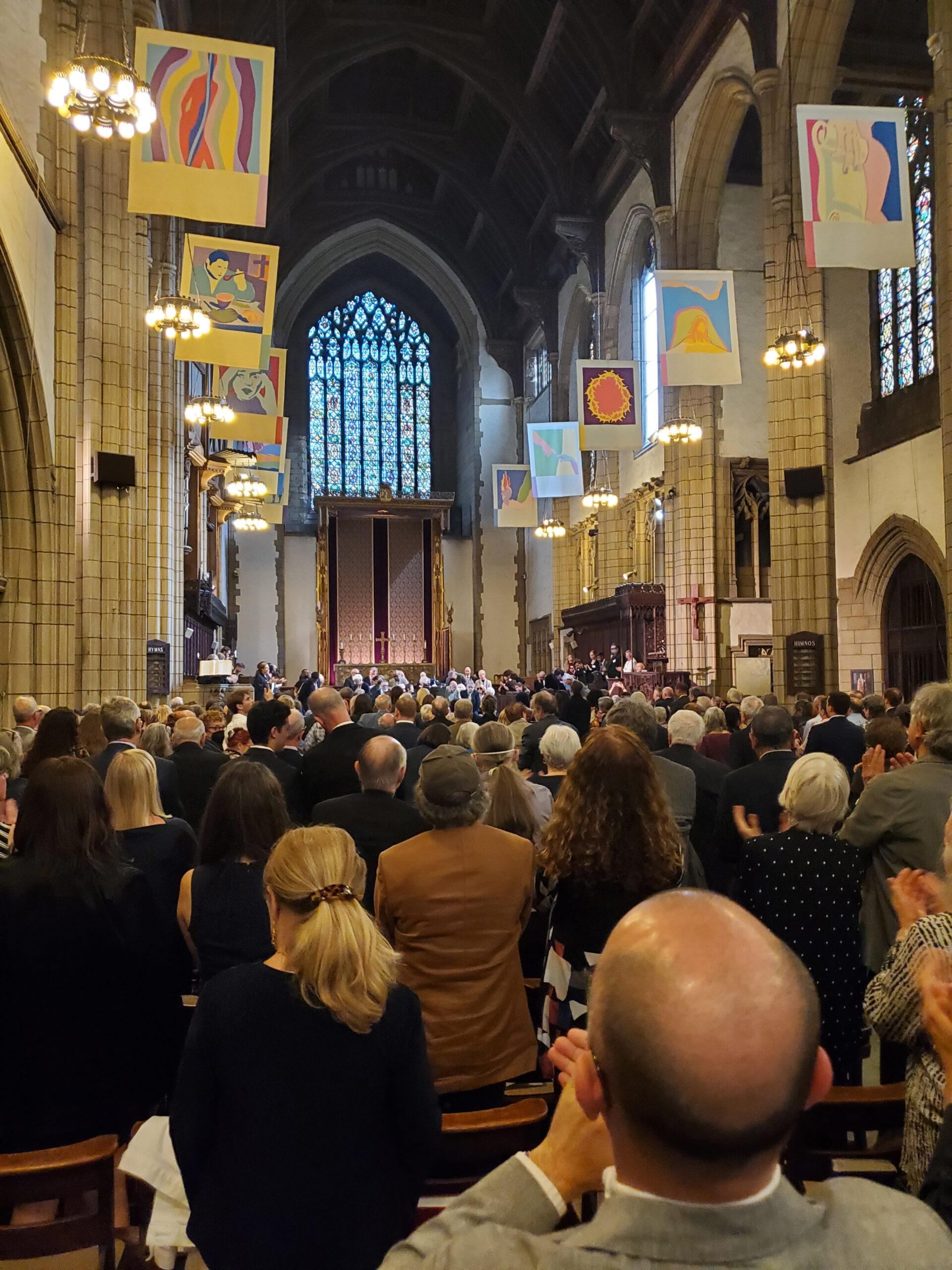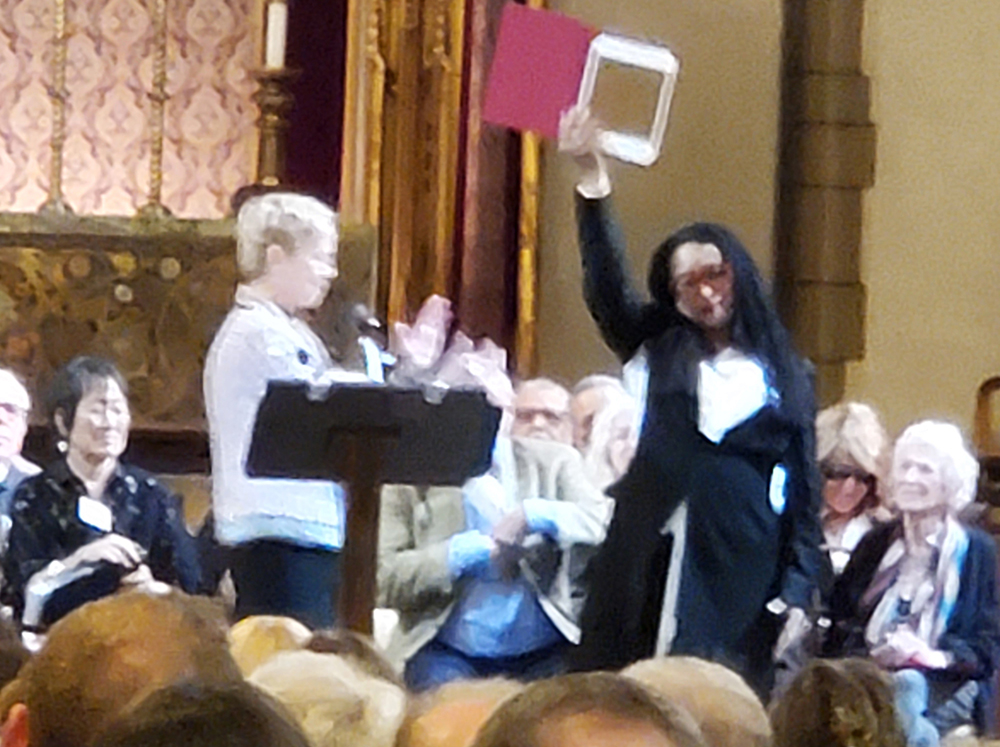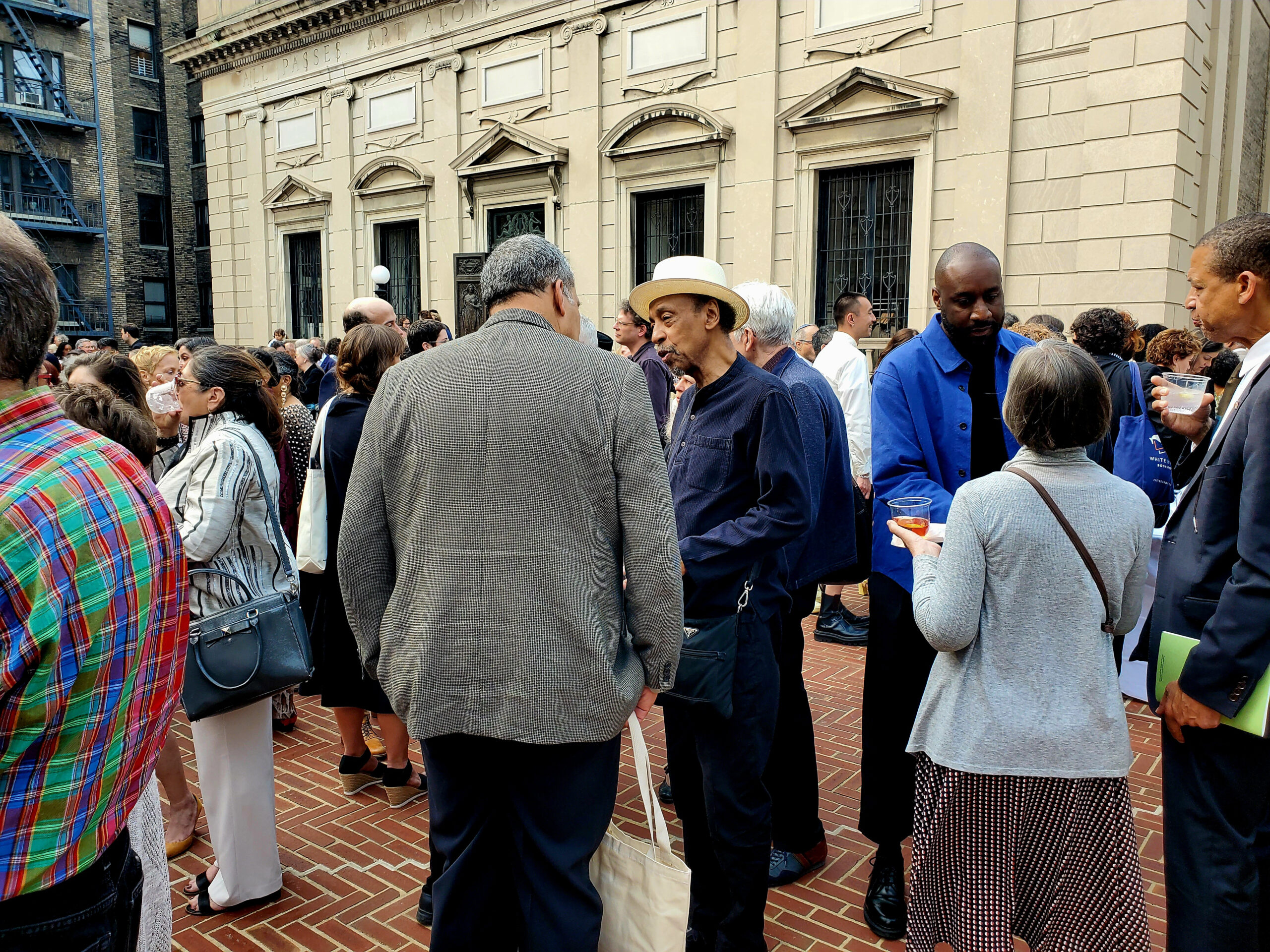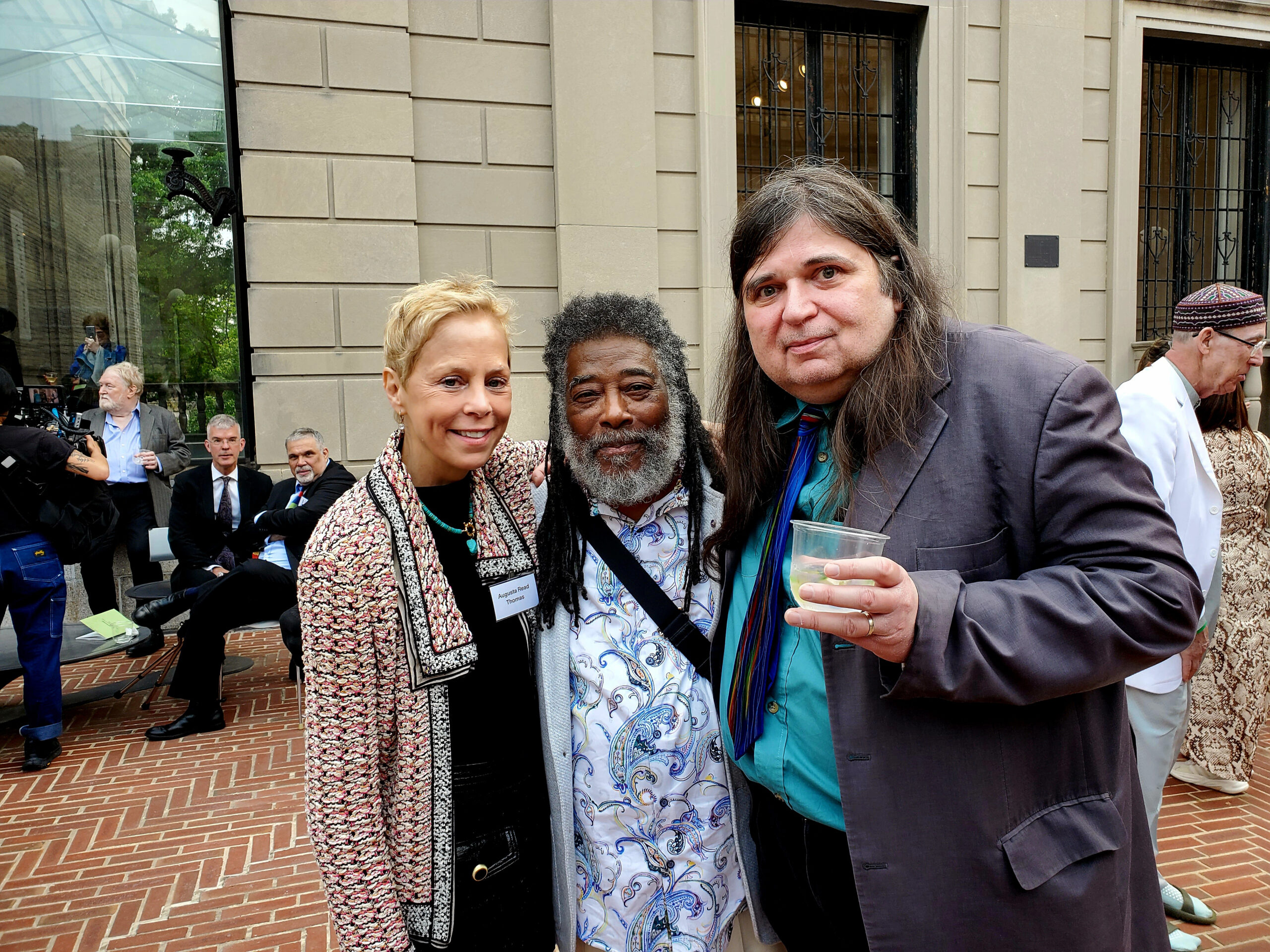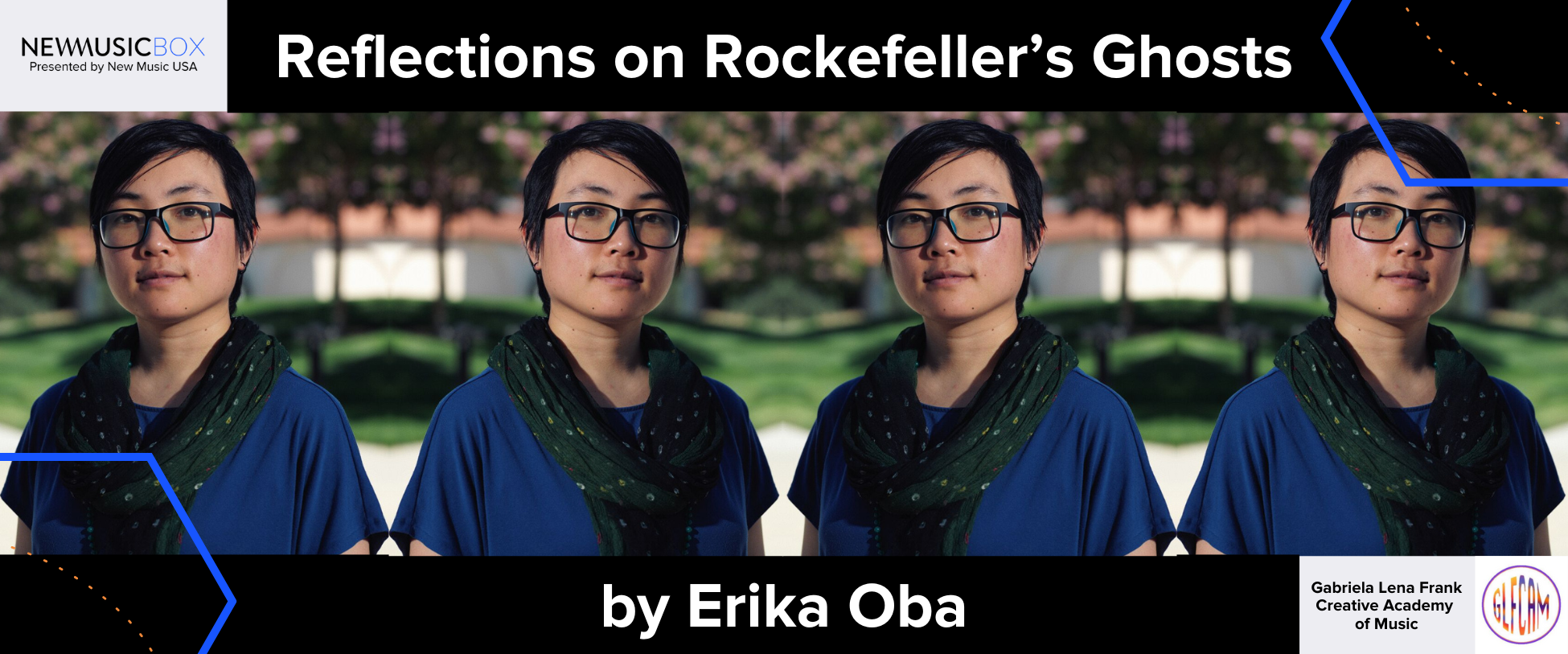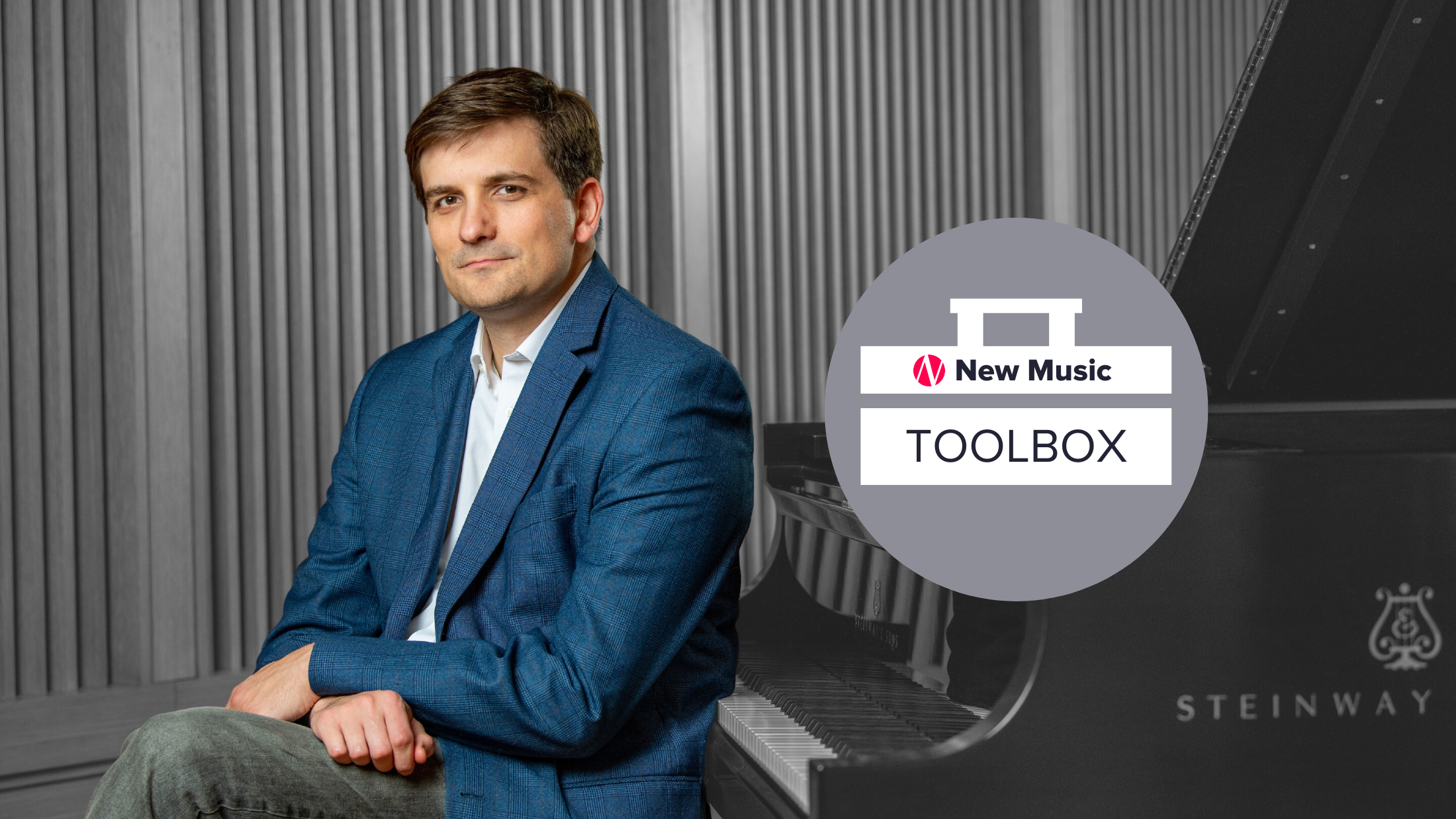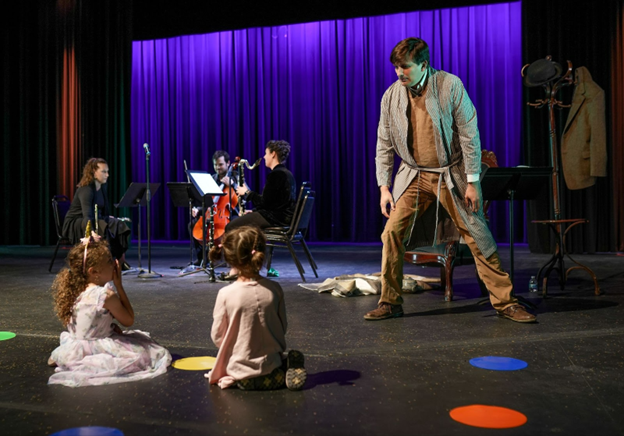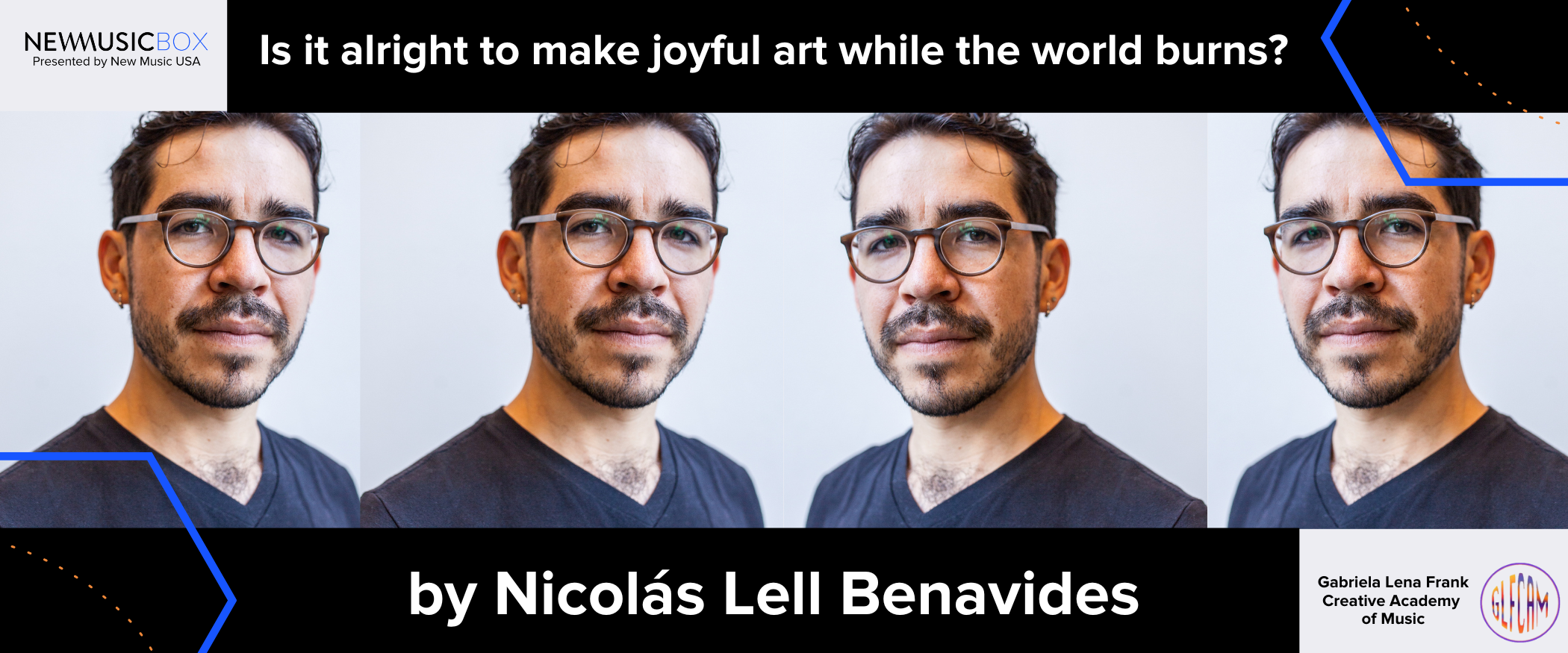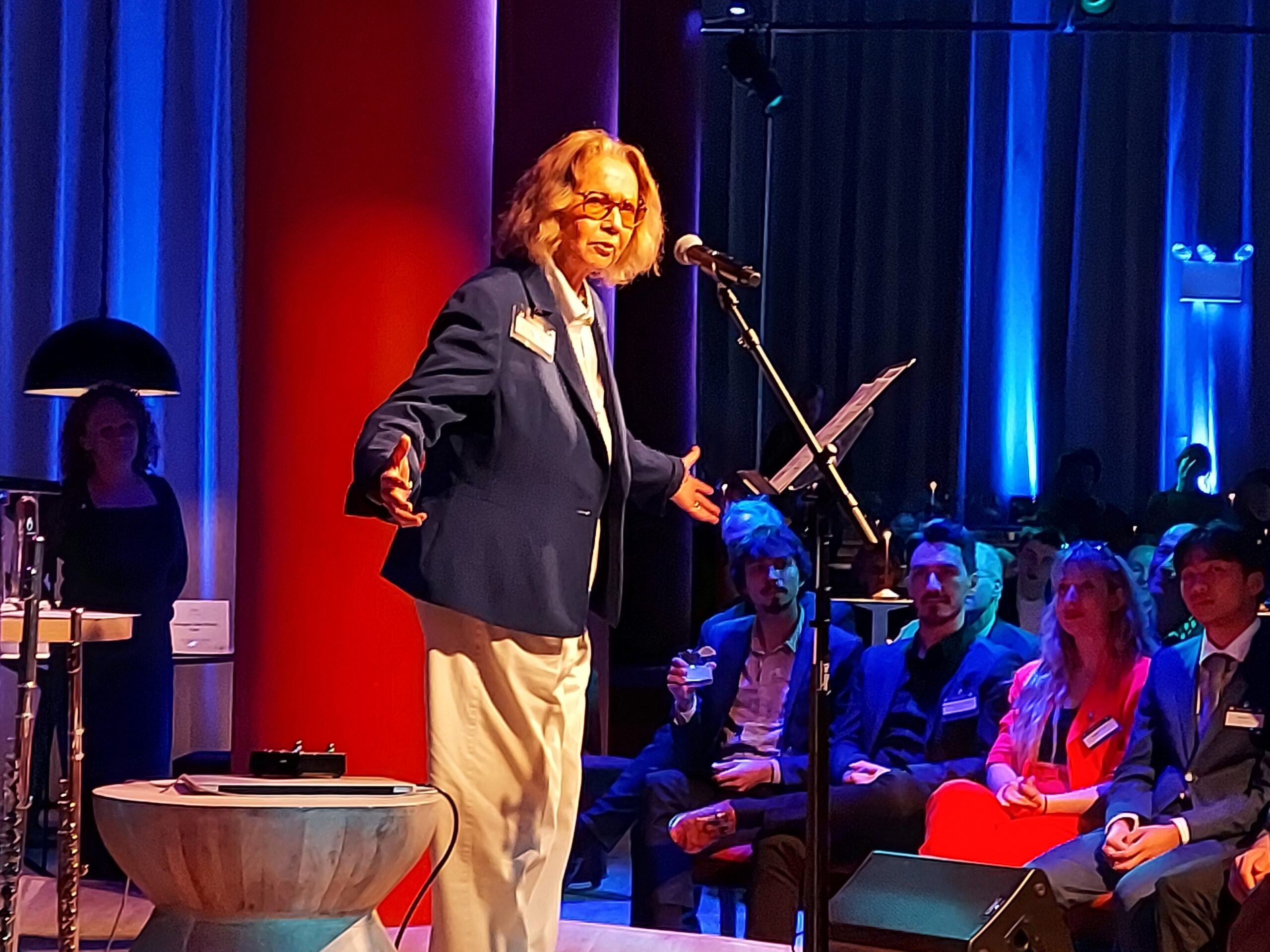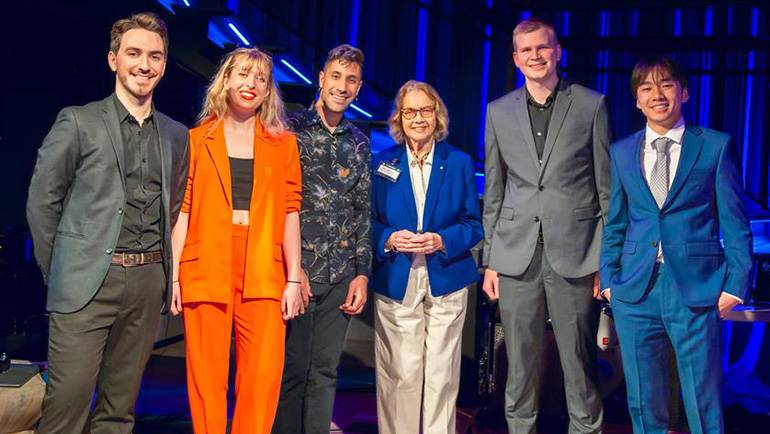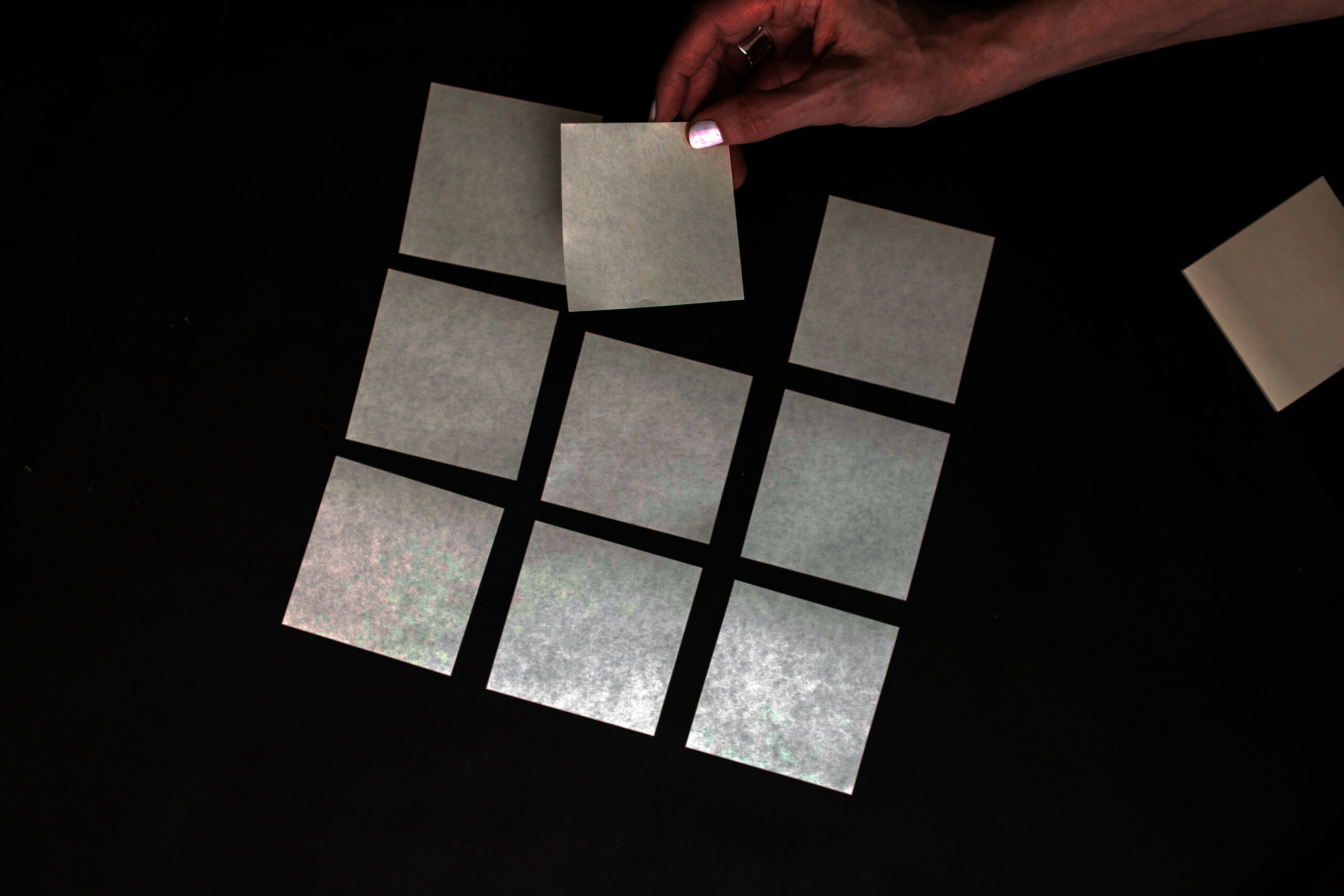
Duke Ellington was born in 1899, before anyone knew the word “jazz.” As a young man, he learned how to play “stride,” the two-fisted virtuoso manner espoused by his mentor James P. Johnson, at that time a popular piano style to accompany dancing and drinking in Harlem apartments. In his thirties he fronted his famous big band, making hit records of tunes that almost everybody still knows today. At 44, he led his orchestra at Carnegie Hall in the extended work Black, Brown, and Beige, which he introduced as “a tone parallel to the history of the Negro in America.”
In some ways Ellington was still just getting started. Going forward, Ellington collaborated with everybody, from traditional greats like Louis Armstrong to gospel icon Mahalia Jackson to the modernists Charles Mingus and John Coltrane. More casually, he hobnobbed with Leonard Bernstein and penned romances for Queen Elizabeth II. The big band era was over by 1956 — or was it? Ellington at Newport was a surprise bestseller and put the maestro on the cover of TIME magazine.
Ellington liked to call others “beyond category” and course he intended to live up to that sobriquet himself. One of the best film scores is Ellington’s Anatomy of a Murder for Otto Preminger; one of the best ballet scores is Ellington’s The River for Alvin Ailey. His final years included three full-length Sacred Concerts.
For all his fame, Ellington can be curiously hidden in plain sight. Posterity enjoys anointing a lauded genius sole credit, and in Ellington’s case there were certainly collaborators: Not just a galaxy of legendary horn players like Johnny Hodges, Cootie Williams, Rex Stewart, Tricky Sam Nanton, Lawrence Brown, Ben Webster, Paul Gonsalves, Harry Carney, and many others, but also a co-composer, Billy Strayhorn, the poetic soul who penned much crucial Ellingtonia including the band’s theme song, “Take the A Train.” Some critics attempt to wrest the laurels from Duke and give them to Strayhorn.
Strayhorn’s greatness is undeniable, but Ellington certainly wrote an epic amount of music on his own. Strayhorn wasn’t even there in the first decade and a half, and Ellington kept churning out pieces after Strayhorn’s decline and death in the mid-‘60s.
The classical establishment has been yearning to program Ellington for decades. It makes sense, for everyone instinctively knows that Ellington is a Great American Composer. Wouldn’t it be nice to have some Ellington for an Americana pops concert on July 4 alongside the usual suspects like Copland?
Until now, everything that has gotten performed under the rubric “symphonic Ellington” was overseen by relatively conservative orchestrators. It was all more practical than anything else. Working with a full symphonic orchestra may have been a good way to remain “beyond category,” but there is little to suggest that Ellington treated the submitted orchestrations as more than an easy way to fulfill commission requirements. Indeed, private recordings of Ellington himself playing the music from various suites before they were orchestrated prove that much potential energy was lost the minute the scores escaped Ellington’s direct oversight.
At the same time, we know for dead certain that Ellington was interested in the idea of a glamorous symphonic concert. When he recorded the album Orchestral Works with Erich Kunzel and the Cincinnati Orchestra, Ellington performed his piano parts with flair and vigor.
When the Artistic Director of the 23Arts Initiative, Piers Playfair, was asked to program a jazz themed evening for the Grange Festival in Hampshire this summer, he suggested the charming umbrella Duke Ellington: From Stride to Strings and asked me to write new arrangements for full concert forces. Gavin Sutherland will conduct the Bournemouth Symphony.
Piers and I both believe that we owe it to Ellington to keep his symphonic ambitions fresh, relevant, and exciting. The result is Valediction: An Ellington Suite, a substantial 45-minute orchestral journey through eight Ellington compositions.
The first question is, “Does an orchestra swing?” The answer is, “probably not.”
Indeed, all sorts of classic Ellingtonia is impossible in the hands of people who are not jazz and blues professionals. Compositions like “Satin Doll” and “It Don’t Mean a Thing (If It Ain’t Got that Swing)” become the worst sort of amateur musical theatre when taken up by classical players.
All the great Ellington records are powered by serious drummers like Sonny Greer or Sam Woodyard, the legendary masters in charge of early and middle Ellington. It is impossible to write a swinging drum part for some “professional percussionist in a symphony” that is remotely worthy of Greer or Woodyard.
However, late in the game, Ellington’s music became a bit less involved with raw blues and swing and more involved with even-eighth grooves. Rufus Jones was the drummer, and the delightful Ellington albums The Latin American Suite and The Afro-Eurasian Eclipse set comfortably on the shelf next to bachelor pad LPs by Henry Mancini and Quincy Jones. This kind of feel is perhaps more possible for symphonic forces, offering something more akin to a sweeping and dramatic movie score (as compared to the elite nitty-gritty of “Take the A Train” and the rest of the swinging hits).
All the selections in Valediction come from after Strayhorn was gone. I cherry-picked eight fun or soulful pieces from eight different suites. Much of late-era Ellington is barely known except to Ducal specialists, but that doesn’t mean it shouldn’t be heard. Again, we owe it to Ellington to dig deep and find out what is really there.
In the concert hall, it is conventional to treat Ellington with reverence — almost with too much reverence, for nobody knew more about having a good time than Duke Ellington. Much of Valediction is intentionally entertaining. I’m ready for that July 4th pops concert to include Duke at last!
1. “Oclupaca” from The Latin American Suite (1968). Of all my selections, “Oclupaca” is the most familiar, for it opened a popular record at the time and school jazz bands play the David Berger transcription today. The piece is definitely “exotica,” and the orchestral colors are somewhere not too far from one of John Barry’s scores for a James Bond movie.
2. “Daily Double” from The Degas Suite (1968). The amusing melody is about horse racing. Duke tried it out in a few places but never got around to finalizing a full Ellington band treatment. On one rendition he plunks quarter notes in a relentless fashion on the piano. H’mm. Maybe this means: pizzicato feature? Leroy Anderson was no Duke Ellington, but Leroy Anderson did know his way around a pops orchestra. Somewhere in the back of my setting of “Daily Double” lurks Anderson’s horrible (but very successful) “Jazz Pizzicato.”
3. “King Solomon” from Three Black Kings (1974). Ellington’s last three pieces were not performed by Duke himself; the only version we have of the suite was completed by Mercer Ellington and Maurice Peress. It’s fine as far as it goes, but much more could be done. My setting features English horn, while the harp gets a child-like second theme.
4. “Acht O’clock Rock” from Afro-Eurasian Eclipse (1971). Many serious Ellington fans and scholars look down on “Acht O’clock Rock.” However, Duke programmed it frequently, looking for something contemporary that resonated, just like he always did. (“Beyond category” was always part of the Ellington process.)
Ellington wrote in 1955, “Rock ‘n roll is the most raucous form of jazz, beyond a doubt; it maintains a link with the folk origins, and I believe that no other form of jazz has ever been accepted so enthusiastically by so many. … I have written a few rock ’n roll things myself, but am saving them for possible use in a show.”
In time Duke revealed several “rock” numbers to his public and released a few arrangements of the Beatles.
In terms of orchestrating Ellington: Driving rock music fits a string section better than swinging jazz does, and my orchestra “rocks out” several times in this Valediction suite. However, I admit my arrangement of “Acht O’clock Rock” owes far more to Igor Stravinsky than the Fab Four.
5. “The Village of the Virgins” from The River (1970). Surely “The Village of the Virgins” is unlike any other 12-bar blues in existence. When I set to work, I immediately heard two of the most famous orchestral pieces intermingling in my mind: the high string prelude to Wagner’s Lohengrin, and the repetitive theme of the second movement of Beethoven’s 7th Symphony.
6. “Bourbon Street Jingling Jollies” from New Orleans Suite (1970). One of Ellington’s ominous tone poems in the manner of his early masterpiece “The Mooche.” “The Mooche” was apparently a pimp, and the saga of “Jingling Jollies” is now something like The Rake’s Progress, with early swagger, a plateau of high living, and then the inevitable descent into madness and despair. Ellington usually wrote in 4/4; in this case I changed the meter to 7/8, recalling the ’60’s “crime jazz” themes of Lalo Schifrin and Jerry Goldsmith.
7. “The Lord’s Prayer” from Third Sacred Concert (1973). At the start of the final religious concert at Westminister Abbey, Ellington played a few minutes of transcendent piano chords that seem like they were beamed down from the heavens above. It’s not clear if this was formal composition, but it’s listed on the record as “The Lord’s Prayer,” and is surely worthy of chimes, strings, harp, and trombone in solo and duet. (Mahler said the trombone was the voice of God, and this was before Gustav had a chance to hear Tricky Sam Nanton or Lawrence Brown.)
8. “Loco Madi” from from Uwis Suite(1972). “Loco Madi” was the final and most lunatic entry in about 50 years’ worth of Ellington train pieces. As already declared, it is risky to ask an orchestra to swing, but since this piece is already rough-hewn and chaotic, I wrote out the shuffle for all 80 instruments and expect the resultant discordant revelry to please the ghost of Charles Ives. At times the train nearly goes off the tracks, but that is perfectly okay.
Like many 20th-century artists, Duke Ellington was not always good about giving credit to his associates. In the 21st century, most of us have wised up to sharing the kudos. If Valediction: An Ellington Suite is successful, then some of the praise (and none of the blame) goes to Tom Myron, a wonderful composer and the house arranger for E.F. Kalmus Signature Editions. Since I had never written for orchestra before, I knew I needed the help of a kind professional who truly understood the idiom. Tom told me what orchestration books to read and answered key questions as I sat in front of my score for three months; eventually I spent a week at Tom’s house while we went through everything bar by bar. I didn’t argue, or at least I didn’t argue very much. If Tom said, “Nobody will hear that” we took it out, and if Tom said, “That needs more” we added what was required. A few times I turned my back, and when I next looked again, a phrase was completely re-orchestrated for maximum impact. Sincere thanks to Tom Myron!


